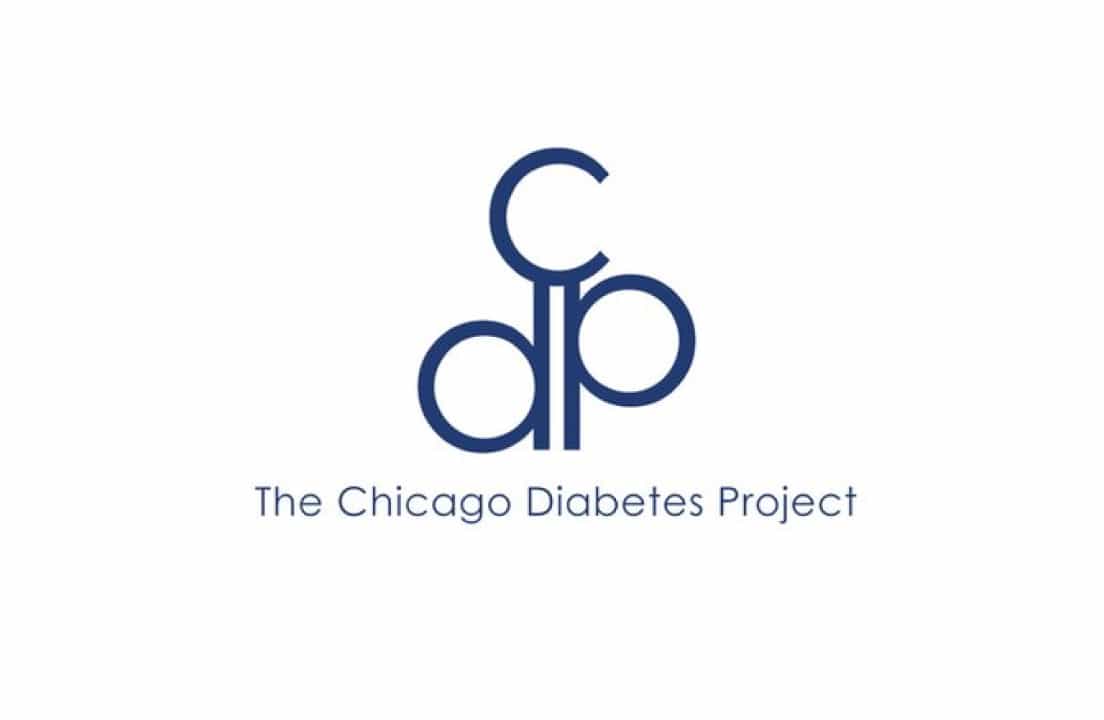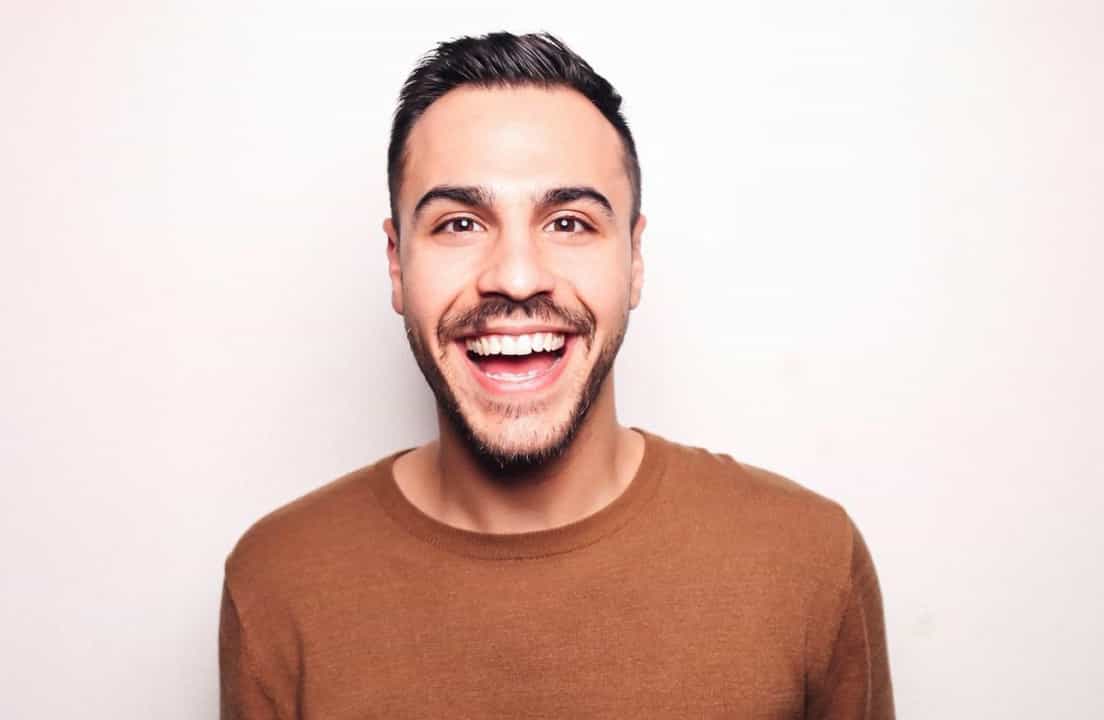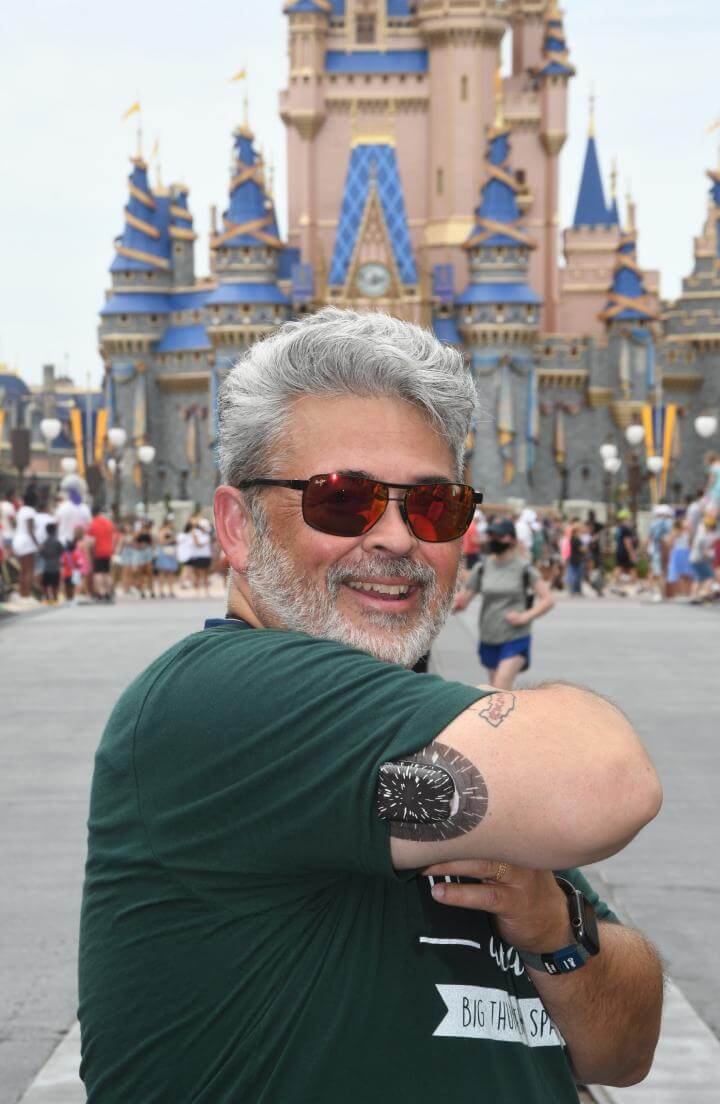T1D Guide
T1D Strong News
Personal Stories
Resources
T1D Misdiagnosis
T1D Early Detection
Research/Clinical Trials
Glucose Goddess® Laura Lastoria is Redefining T1D Healing through Humor
Wellness coach, humorist, and The Glucose Goddess® Laura Lastoria uses comedy to inspire others to turn their pain into power. Hilarious and heartwarming in equal doses, Lastoria talks openly about her transformative journey from diabetes to LIVabetes.
.jpg)
Read on to learn why she firmly believes in alternative healing, treating hypo anxiety, and, most importantly, carrying a glucagon everywhere!
About Laura Lastoria
Laura Lastoria, aka The Glucose Goddess®, has had type 1 diabetes (T1D) for over 25 years. Diagnosed at the age of 34, diabetes wasn’t unfamiliar to her as she watched her T1D father face many challenges over his 50 years with the disease.
“I’m LADA (Latent autoimmune diabetes in adults), and interestingly enough, my father was also diagnosed in his thirties,” Lastoria said. “He always kept himself in great shape. He was an immunologist and microbiologist, so he used himself as his own experiment. Watching him try different foods and recipes was interesting—I had quite the education.”
Even though her father was diligent with his diabetes management, Lastoria said she grew up fearing her own diabetes diagnosis because of what she witnessed. “You still know and see the really hard things to watch, the hypos, and going unconscious. My fear was there, and if there was one thing I didn’t want—it was that.”
The most prevalent symptom Lastoria experienced before her diagnosis was recurring yeast infections. (A common, under-reported side effect of type 1 diabetes is vaginal yeast infections).
“My OBGYN said you have high glucose in your urine, and my knees buckled, I knew.”
At the time Lastoria worked as a surgical technologist in the operating room. “I chose a job in the health care field because I wanted to help people.” However, Lastoria’s diagnosis overwhelmed her, leaving her physically faint and nauseous in the OR. “Dealing with my diagnosis initially was devastating. I didn’t feel like I could be there for the patient one hundred percent. To be honest, I went into a severe depression.”
Additionally, being in the OR, Lastoria witnessed many of the damaging side effects of unmanaged diabetes—leg amputations, insertions and dialysis graphs. “I almost didn’t like how much information I had,” she said.
Cycles of Grief with Diabetes
She claims to be more of a “Stand-With” than a “Stand-Up” comedian while highlighting the necessary grieving process that comes with a T1D diagnosis. And, just as people experience different stages of grieving with the loss of a loved one—when someone is diagnosed with a disease or condition, they move through the same cycles as they adjust to their new lifestyle.
Psychiatrist Elisabeth Kübler-Ross referenced the ‘Five Stages of Grief’ as denial, anger, bargaining, depression and acceptance.

“I think, at first, I was angry,” Lastoria said. “A lot of people don’t understand that this grieving process is normal for any major change in life. I knew that I was completely angry. I wanted a cure and to get to a place of acceptance. I just knew I didn’t want to live my life ‘miserably ever after.’ I thought, “If this is my life, I don’t want it. I didn’t have a plan to end it, but the truth was I didn’t want to live anymore.”
The Dark Side of Diabetes
According to the Lancet, diabetes distress, feelings of guilt, anxiety and facing the ongoing demands of the disease affect over 20% of both type 1 and type 2 individuals.
“People don’t want to talk about the hard stuff, and yet it’s our reality,” Lastoria said. “You do more harm than good not to express the truth. More people can relate to that; I’m not afraid to say it. There’s a lot of truth in my humor, which needs to be said because diabetes is a huge life change.”
Lastoria sought alternative healing and therapy. “I knew I was in the anger phase, and I remember asking a healer, ‘When will I know I’m healed?’ and she said, ‘You’ll know.’”
Lastoria joined a diabetes support group but felt worse every night when she left. “It felt like such a complaint and bitch session. And I told the others this, and they said, ‘Well, you’re funny, why don’t you do something. Make us laugh.”
And I thought, game on!”

“If you can find humor in anything, You can survive it.” The Glucose Goddess®
The Glucose Goddess® Advocate
Lastoria has always loved comedians and those who use humor and sarcasm as a coping mechanism—which is how The Glucose Goddess® was born. She made a syringe tiara, cape and magic wand and started writing her own jokes. “I actually felt like they were coming through me, not from me.”
Lastoria admires those who turn their pain into power and then empower the lives of others. “In many ways, I felt like this was my healing because while I wanted a cure, it didn’t seem realistic – my father waited for 50 years, and it didn’t come, so I thought if there’s a higher power—if you can’t cure me of this disease, then cure me of this despair, and that’s where the humor came in,” Lastoria said. “I just felt like I was taking dictation of the jokes and the comedy. It just really wrote itself.”
“Humor is a coping mechanism for me,” said Lastoria, “But I also enjoy educating, inspiring and empowering others through compassion and comedy.”
Lastoria performs The Glucose Goddess® act at diabetes support group meetings, diabetes kid camps and American Diabetes Association (ADA) Expos. She has also been featured on CNN’s Chasing Life with Dr. Sanjay Gupta on a segment regarding depression and diabetes.
When the pandemic struck, Lastoria paused her live shows and increased her video output on Instagram and other social media sites. People can also follow The Glucose Goddess® on www.diabetescomedy.com.
“Managing diabetes is like having a two-year-old who is just waiting for you to take your eyes off it so that it can go play in traffic.” - The Glucose Goddess®

The Glucose Goddess® Coaching
As mental and physical health are intertwined, especially with diabetes, Lastoria said her coaching is more about empowering people to find their way back. “It’s about mental health; I’m a firm believer in therapy. I know when I lose my sense of humor, it’s a really good gauge of how I’m doing mentally, and when I lose it, that’s my time to get back into therapy.”
Lastoria said a woman whose brother was recovering from a two-week diabetic ketoacidosis (DKA) coma requested her help. “I met this man who was afraid to go home from the hospital. We developed a bond to get him back on track. He was afraid to go out anywhere, and I told him, ‘then don’t. If you need to take baby steps to the mailbox and back – start there.' I showed him how to reclaim his power. You need to take baby steps. It takes more planning, but you can do pretty much anything you set your heart and mind to.”
The Sweet Spot
Lastoria heard that diabetes takes the sweetness out of life, and at the time of her diagnosis, she was at an all-time low. “I felt dead inside; I even did a tandem skydive because I needed to feel alive again,” she said. “I needed to feel some sort of control and find the thrill in life. I did skydiving and river rafting, and it brought out such life in me.”
Lastoria’s Insulin Therapy
Lastoria is in the process of getting her first insulin pump after 26 years of multiple daily injections (MDI). “I never really wanted a pump after watching my father. I had a pen and wasn’t tethered, and he was putting all these numbers in and I was like, ‘Dad, your food is getting cold.’”
“Healthy People that Wear a CGM get to come back as diabetics in their next life.” The Glucose Goddess® #1 Pet Peeve.
She’s excited to start an automated insulin delivery (AID) system. “Insurance is holding the cards right now, but I’m close. I’m starting with the ten-day free OmniPod trial to see if I like it. So many on Instagram say they’d never go back to MDI. I’m excited but nervous. I have trust issues with my Dexcom because it is a guide; it can be incorrect, and we’re making life decisions on the number it’s giving us.”
“Diabetes is a juggling act between food, insulin and exercise.” The Glucose Goddess®
Eating Disorders and Diabetes
In one of Lastoria’s more popular, controversial posts, she called diabetes a food disorder. “I believe anyone with type 1 diabetes has disordered eating. And I think it comes with the territory. It doesn’t need a label. If I’m going into a meeting, I alter my eating (to avoid a low glucose level) to ensure brain functioning power. I have to make these decisions when I need to. I feel like we eat to live. I don’t live to eat. It kind of takes the joy out of eating. I still enjoy my cupcakes, but food is medicine for me, and I treat it as such.”
“It’s Hard Being a Full-time Pancreas!” The Glucose Goddess®
Lastoria, as The Glucose Goddess®, likes to remind individuals with T1D that their blood sugar numbers are just data. “It’s just a number. It’s just information that allows you to take corrective action. If it’s too low, eat food to raise it; if it’s high, take insulin to lower it. There’s no reason to feel guilt or shame. “You didn’t fail; your pancreas did. And being a pancreas is hard! It’s not your fault your pancreas died.”
“Hands up if you survived your hardest moments alone while everyone believed you were fine.” The Glucose Goddess®

Diabetes Seizure Survivor
As a diabetic seizure survivor, Lastoria attests that diabetes is a wise and humbling teacher that’s taught her the fragility of life. Three and a half years ago, she had a diabetic seizure while vacationing in Italy, which is still difficult to talk about. Her group had walked a great deal that day, and the last thing Lastoria remembered was feeling her arm twitch involuntarily before entering a full-blown grand mall seizure at a train station. Fortunately, she was traveling with ER nurses who knew how to administer the glucagon.
“I carry glucagon wherever I go. And now I’m a huge glucagon proponent and advocate. At the time, I did not have a CGM (continuous glucose monitor). My friends found an old glucagon, which, by the way, should be outlawed—no non-medical person under duress is going to be capable of using it. They called the Italian version of 911, and it took 45 minutes for the ambulance to get there. So, I would have been dead for sure. My seven friends kept it together and brought me back.”
“I want to share my gift of humor, but you know, having the seizure is part of having diabetes,” said Lastoria. “It’s one of the really scary parts. It gives a whole new meaning to ‘seize the day.’ But I made it, and that makes me even more grateful to be alive.”
If there is one bit of advice Lastoria would like to share with other T1Ds, it is to CARRY YOUR GLUCAGON EVERYWHERE.
A State of Gratitude
While her experience put her in touch with her own mortality, Lastoria still continues to process it. “Hypo anxiety is real, Lastoria said. “There have been many times I kept myself high to avoid the lows because it’s so scary not to know.”
Lastoria said her healer confirmed, “You’ll know when you’re healed, and I know now. It’s when the gratitude has conquered the loss. I’m here for an extra 26 years of life because of insulin, and I’m grateful because it turned my belief from death, dying and diabetes to life, living and LIVabetes.
You can find The Glucose Goddess® on Instagram, Twitter and www.diabetescomedy.com.


.webp)





.webp)
.jpg)


.jpg)


.jpeg)
.jpg)


.jpg)
.jpg)

.jpg)

.jpg)
.jpg)


.jpg)
.jpg)

.jpg)
.jpg)
.jpg)
.jpg)
.jpg)

.jpg)
.jpg)
.jpg)
.jpg)
.jpg)
.jpg)

.jpg)
.jpg)

.jpg)
.jpg)
.jpg)

.jpg)
.jpg)


.jpg)
.jpg)
.jpg)













.jpg)


.jpg)













.webp)





%20(1).png)




.jpeg)























.webp)